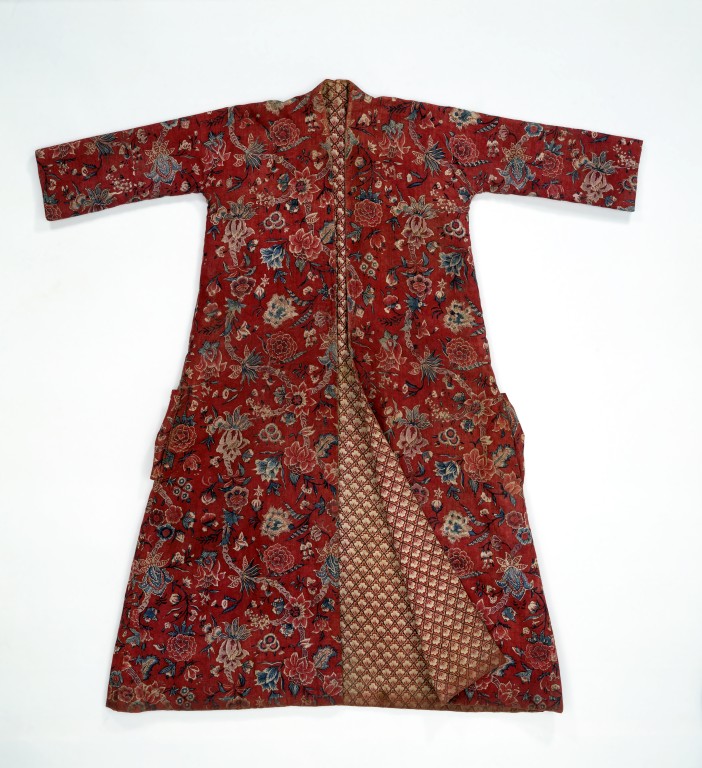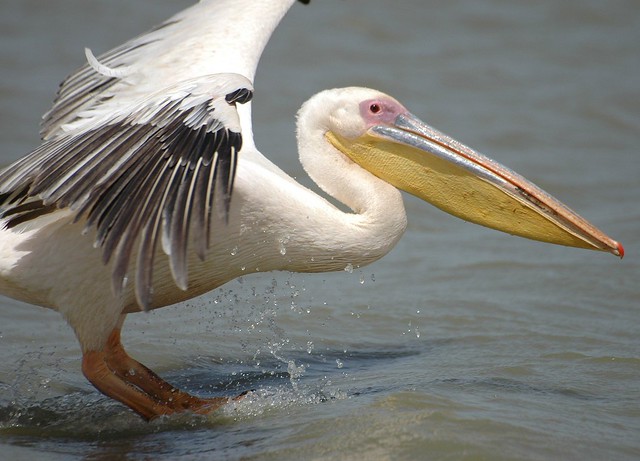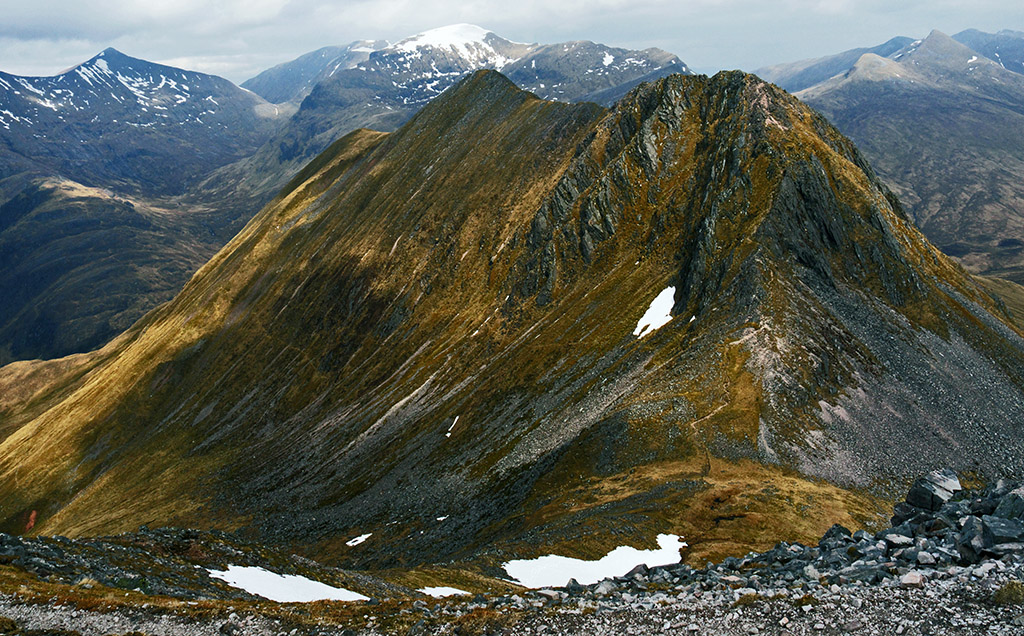Best of the Friday Fun Facts: Collection #3

Here are this week's Friday Fun Facts about Diana Gabaldon's books. This is a collection of some of my favorite items from previous FFF posts. All of these were originally posted between April, 2012, and March, 2013. I hope you enjoy them!

1) The gentleman shown above is wearing a banyan -- a loose dressing-gown. Lord John Grey often wears a banyan in the evenings at home. (Portrait of Nicholas Boylston, painted by John Singleton Copley, 1767)

Here's another example of a banyan, circa 1750-1775, from the collection of the Victoria and Albert Museum in London. Click on the photo for a larger view.
Having briskly stripped his master and draped him in a clean nightshirt, he went to retrieve Grey’s banyan, which had been hung to warm on the fire screen. He held this ready, peering closely at Grey in concern.Here's more about the history of banyans. I must say, they certainly look comfortable!
“You look like…” he said, and trailed off, shaking his head as though the prospect before him was too frightful for words. This matched Grey’s own impression of the situation, but he was too exhausted to say so, and merely nodded, turning to thrust his arms into the comforting sleeves.
"Go to bed, Tom,” he managed to say. “Don’t wake me in the morning. I plan to be dead.”
(From "Lord John and the Haunted Soldier", Part II, in LORD JOHN AND THE HAND OF DEVILS by Diana Gabaldon. Copyright© 2007 by Diana Gabaldon. All rights reserved.)


2) The photos above show what a Great White Pelican (Pelecanus onocratalus) looks like. Diana confirmed, when I asked, that this is the same kind of pelican we saw in VOYAGER. It certainly seems to fit Ping An's description very well:
A pelican on the ground is a comical thing, all awkward angles, splayed feet, and gawky bill. A soaring pelican, circling over water, is a thing of wonder, graceful and primitive, startling as a pterodactyl among the sleeker forms of gulls and petrels.
Ping An, the peaceful one, soared to the limit of his line, struggled to go higher, then, as though resigned, began to circle. Mr. Willoughby, eyes squinted nearly shut against the sun, spun slowly round and round on the deck below, playing the pelican like a kite. All the hands in the rigging and on deck nearby stopped what they were doing to watch in fascination.
Sudden as a bolt from a crossbow, the pelican folded its wings and dived, cleaving the water with scarcely a splash. As it popped to the surface, looking mildly surprised, Mr. Willoughby began to tow it in. Aboard once more, the pelican was persuaded with some difficulty to give up its catch, but at last suffered its captor to reach cautiously into the leathery subgular pouch and extract a fine, fat sea bream.
(From VOYAGER by Diana Gabaldon, chapter 44, "Forces of Nature". Copyright© 1994 by Diana Gabaldon. All rights reserved.)
Here's a brief video showing a pelican dive-bombing for fish at very close range.

3) I had never heard the term "blue vitriol" before I read "The Space Between", and I was surprised to learn that it's an archaic term for copper (II) sulfate (CuSO4) -- a chemical that you may remember from chemistry classes in school. Isn't that a gorgeous color? I thought the Comte's use of it in the story was fascinating.
He found the blue vitriol by smell, and wrapped the cloth tightly around the head of one torch, then--whistling under his breath--did three more, impregnated with different salts. He loved this part. It was so simple, and so astonishingly beautiful.According to this site,
He paused for a minute to listen, but it was well past dark and the only sounds were those of the night itself--frogs chirping and bellowing in the distant marshes by the cemetery, wind stirring the leaves of spring. A few hovels a half-mile away, only one with fire-light glowing dully from a smoke-hole in the roof.
Almost a pity there’s no one but me to see this. He took the little clay firepot from its wrappings and touched a coal to the cloth-wrapped torch. A tiny green flame flickered like a serpent’s tongue, then burst into life in a brilliant globe of ghostly color.
(From "The Space Between" by Diana Gabaldon, in A TRAIL OF FIRE. Copyright© 2012 by Diana Gabaldon. All rights reserved.)
The beautiful blue color arises from water molecules attached directly to the copper(II) ion. The water/copper ion complex absorbs photons of yellow or red light. Absorption of a photon promotes an electron from the water to the copper(II) ion. Since only yellow or red light is absorbed, blue light is transmitted, and the crystals appear blue.
Here's a short video showing how you can make your own green flames using common household chemicals.
(If you haven't yet read "The Space Between", I highly recommend it!

4) "Munro bagging" has been a popular pastime among Scottish hikers for decades, as Roger explained to Bree:
"If you come back to Scotland ever, I’ll take ye Munro bagging.”The photo above shows Ben Nevis, Scotland's tallest mountain. (Photo credit: valley taff on Flickr.) The one below is An Gearanach, "The Complainer". (Photo credit: Joe Finlay on Flickr.) Click on the photos to enlarge them.
“You’ll take me what?”
He laughed, and she had a sudden memory of him, brushing back the thick black hair that he didn’t cut often enough, moss-green eyes creased half-shut by his smile. She found she was rubbing the tip of her thumb slowly across her lower lip, and stopped herself. He’d kissed her when they parted.
“A Munro is any Scottish peak more than three thousand feet. There are so many of them, it’s a sport to see how many you can climb. Folk collect them, like stamps, or matchbooks."
(From DRUMS OF AUTUMN by Diana Gabaldon, chapter 3, "The Minister's Cat". Copyright© 1997 by Diana Gabaldon. All rights reserved.)

I have always suspected that the character of Hugh Munro -- Jamie's beggar friend in OUTLANDER, who gave Claire the bit of amber with a dragonfly inside it -- was named after Sir Hugh Munro (1856–1919), the Scottish mountaineer who first compiled a list of nearly 300 Scottish peaks. (You can see a modern version of the list here.)
5) One of the many 20th-century pop culture references in the books is the Yogi Bear theme song. I am old enough to remember watching Yogi Bear cartoons on TV as a child, so the references in THE FIERY CROSS make me laugh.
"It must be a particularly clever bear, no? To have been walking in and out of their village for months, I mean, and no one with more than a single glimpse of it?"For those of you who may be unfamiliar with the Yogi Bear TV series, look here.
"Smarter than the average bear," Brianna agreed, her mouth twitching slightly. Jamie gave her a narrow look, which he switched to me as I choked on a swallow of beer.
"What?" he demanded testily.
"Nothing," I gasped. "Nothing at all."
(From THE FIERY CROSS by Diana Gabaldon, chapter 81, "Bear-Killer". Copyright© 2001 by Diana Gabaldon. All rights reserved.)
I hope you enjoyed this third installment of the Best of the Friday Fun Facts! In case you missed it, here's the Best of the Friday Fun Facts: Collection #1 and Best of the Friday Fun Facts: Collection #2. Look here to see all of my Friday Fun Facts blog posts. And please come back next week for more!







Comments